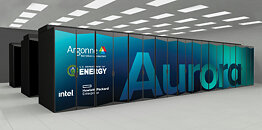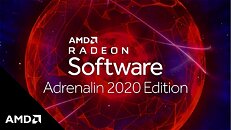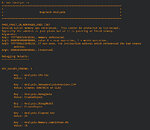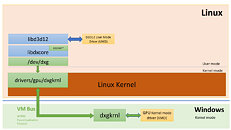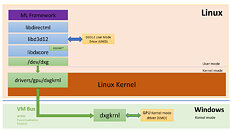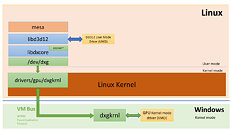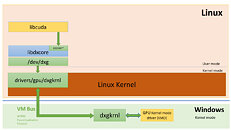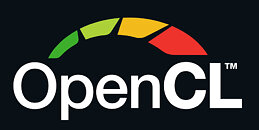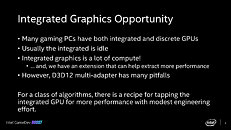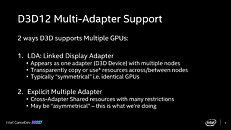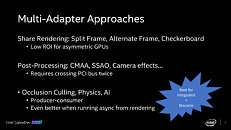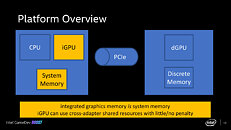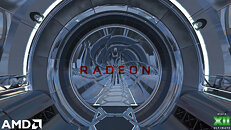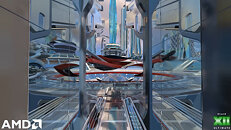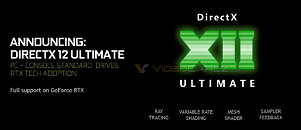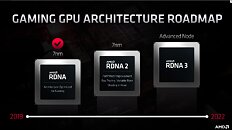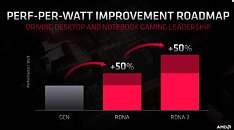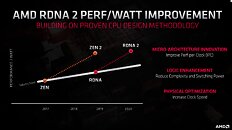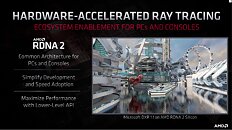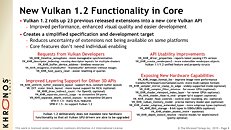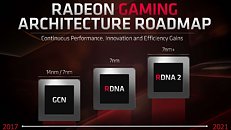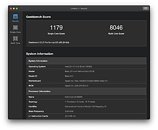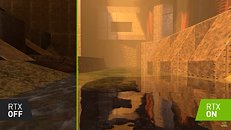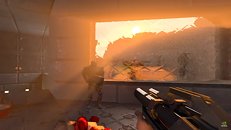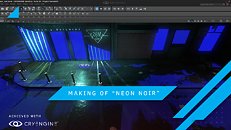
BittWare Launches IA-840F with Intel Agilex FPGA and Support for oneAPI
BittWare, a Molex company, today unveiled the IA-840F, the company's first Intel Agilex -based FPGA card designed to deliver significant performance-per-watt improvements for next-generation data center, networking and edge compute workloads. Agilex FPGAs deliver up to 40% higher performance or up to 40% lower power, depending on application requirements. BittWare maximized I/O features using the Agilex chip's unique tiling architecture with dual QSFP-DDs (4× 100G), PCIe Gen4 x16, and three MCIO expansion ports for diverse applications. BittWare also announced support for Intel oneAPI, which enables an abstracted development flow for dramatically simplified code re-use across multiple architectures.
"Modern data center workloads are incredibly diverse, requiring customers to implement a mix of scalar, vector, matrix and spatial architectures," said Craig Petrie, vice president of marketing for BittWare. "The IA-840F ensures that customers can quickly and easily exploit the advanced features of the Intel Agilex FPGA. For those customers who prefer to develop FPGA applications at an abstracted level, we are including support for oneAPI. This new unified software programming environment allows customers to program the Agilex FPGA from a single code base with native high-level language performance across architectures."
"Modern data center workloads are incredibly diverse, requiring customers to implement a mix of scalar, vector, matrix and spatial architectures," said Craig Petrie, vice president of marketing for BittWare. "The IA-840F ensures that customers can quickly and easily exploit the advanced features of the Intel Agilex FPGA. For those customers who prefer to develop FPGA applications at an abstracted level, we are including support for oneAPI. This new unified software programming environment allows customers to program the Agilex FPGA from a single code base with native high-level language performance across architectures."

